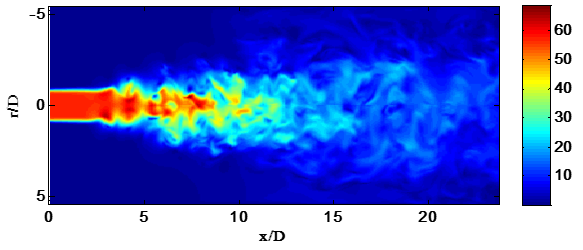
Fig. 1 Instantaneous velocity in r-x plane
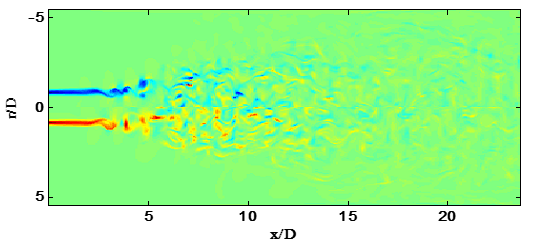
Fig. 2 Instantaneous vorticity in r-x plane
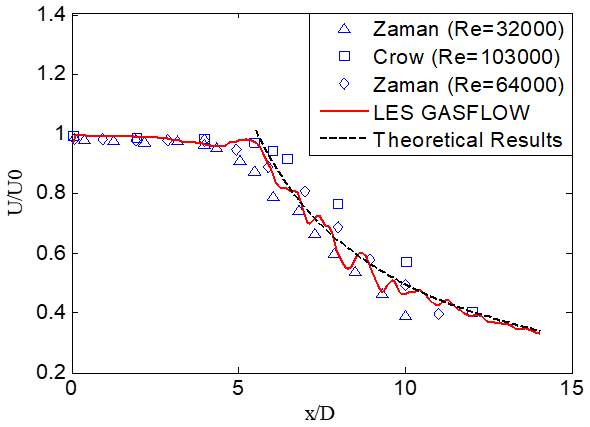
Fig. 3 Time-averaged streamwise velocity in centerline
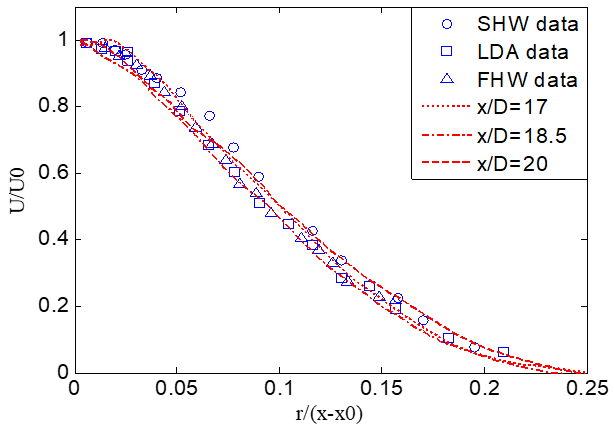
Fig.4 Radial variation of the time-averaged stream wise velocity profiles
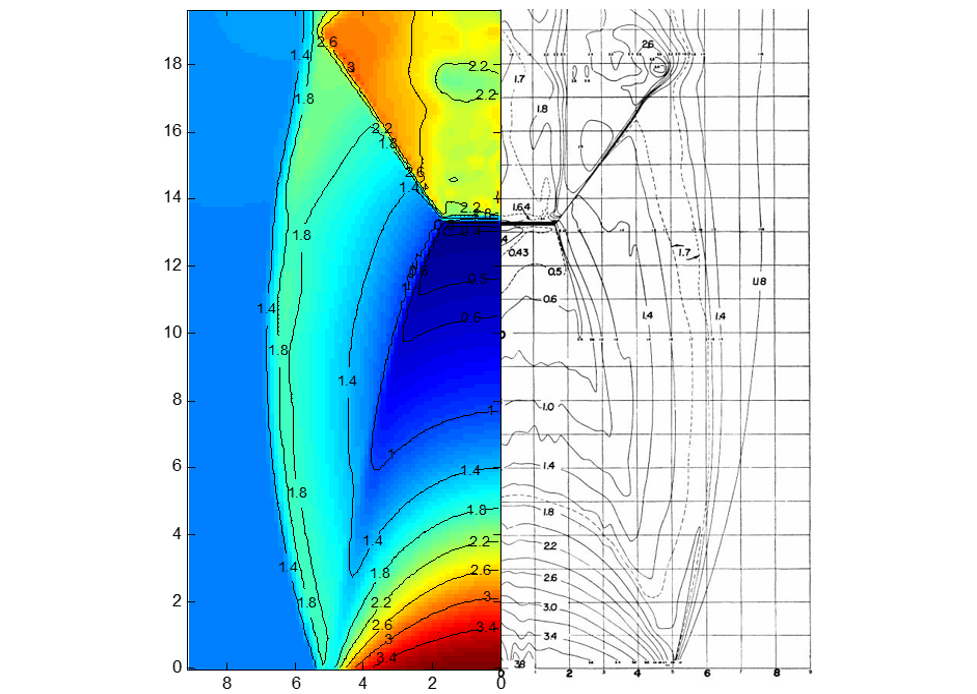
Fig. 5 Density distribution in r-x plane
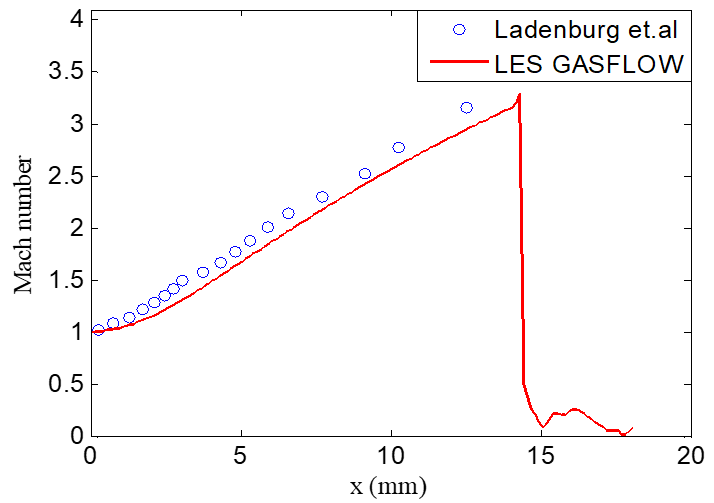
Fig. 6 Mach number profiles along axis